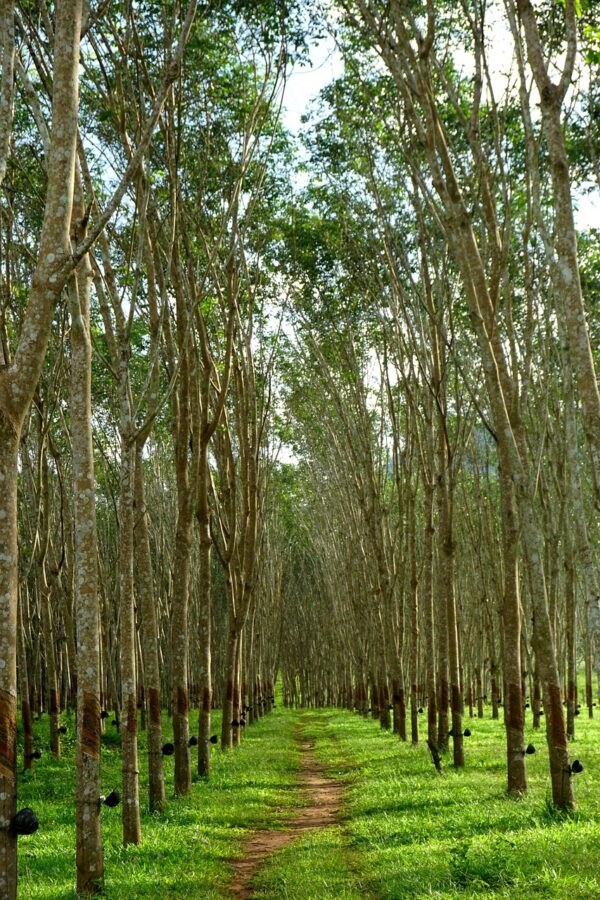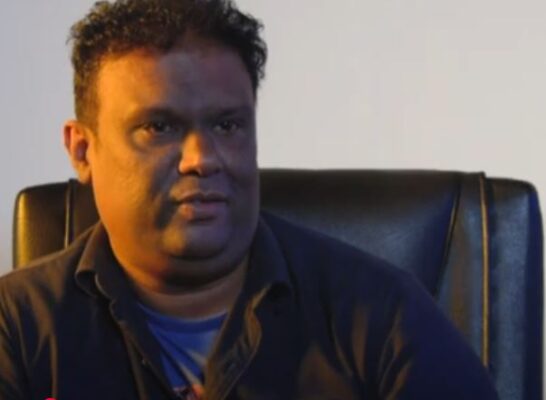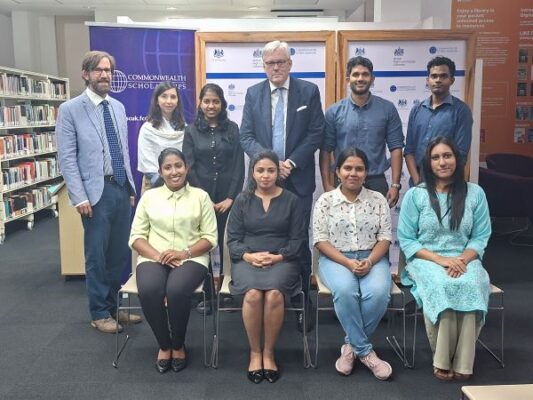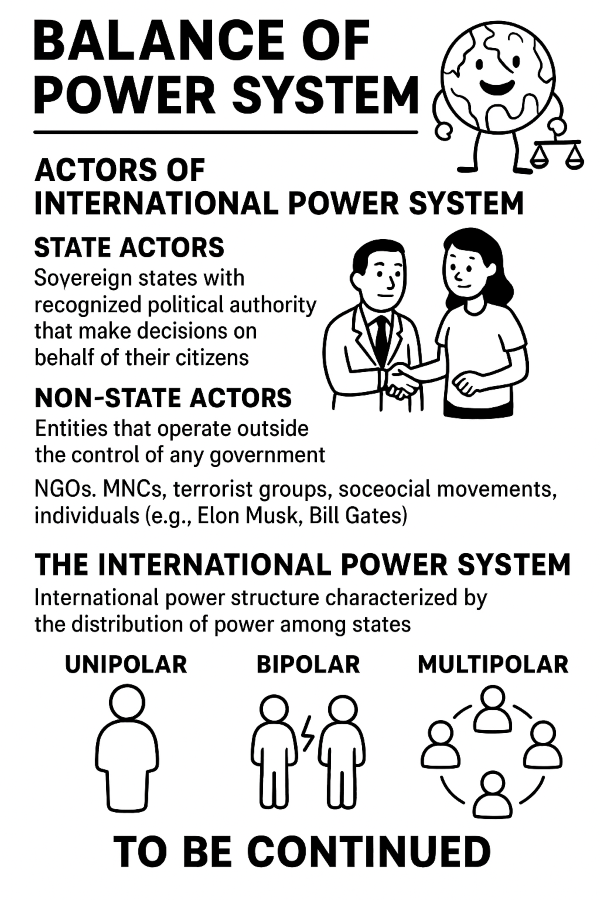DARK LIFE UNDER THE ‘MILK TREE’-by Ishankha Singharachchi
Source:Ceylontoday
In 1938, the leftist Journal Samasamajaya reported the first rubber plantation workers’ struggle in Sri Lanka as ‘the first strike of plantation workers in the history of the country.’ The strike reportedly started on 13 July 1938 and ended in victory within a few days. But have the tears of the rubber plantation workers who have fought for their basic rights over 86 years since then had more value than the tears of those days?
It has been more than 200 years since the colonial rulers first brought workers from South India to the country for coffee, tea, and rubber cultivation. Much attention has been paid to tea estate workers, but less so to rubber estate workers, a similarly semi-enslaved labour community. Since their arrival in this country, they have been ignored and subjected to subjugation and repression through laws such as the Citizenship Acts, Emergency Law Regulations, and the Prevention of Terrorism Act. They have been subjected to long-term oppression. Having become victims of labour exploitation and national oppression, they have sacrificed blood, tears, and sweat for more than two centuries and even sacrificed their lives in some cases, making a crucial contribution to the Sri Lankan economy, yet they still live under minimal living conditions. Despite welfare programmes being implemented due to the surplus value they added to the Sri Lankan economy, these did not reach the plantation workers. Even today, they do not have the right to an inch of land in this country. There is no living wage.
Starting rubber cultivation
Due to the rubber tree that grew in the Amazon forest of South America, related products became very popular in Brazil. In 1876, Sir Henry Wickham pioneered the introduction of rubber to the Asian British colonies as a commercial plantation. In 1881, the first rubber plant in the country was planted by George Thwaites in the Henarathgoda (Gampaha) Botanical Garden.
However, due to the already successful tea cultivation, rubber did not spread rapidly. With the development of the automobile industry at the dawn of the 20th century, rubber cultivation began to spread across the wet zone. Later, rubber cultivation became popular, second only to tea among the main export crops, strengthening the country’s income. Along with this, in 1909, the plantation owners jointly established a Rubber Research Institute in Kalutara.
After the victory of the Cuban Revolution in 1956, Ernesto Che Guevara, the Minister of Industry of the new socialist government, visited Ceylon and studied the rubber industry at Yahalathanna Estate in Kalutara. The China-Ceylon rubber-rice agreement reached in the 1960s was also a good example of how much rubber production had grown.
Kegalle and Ratnapura are the Districts where rubber is most grown, located in the Sabaragamuwa Province. There are 435 rubber estates in the Ratnapura district, of which 51 have been abandoned. There are 354 rubber estates in Kegalle, of which 61 are currently abandoned. In the Kalutara district, 49 out of 302 estates are currently abandoned. There are 153 estates in the Galle district, of which 21 have been abandoned. In the Matara District, nine estates have been abandoned out of 118. There are 103 estates in the Colombo district, of which 14 have been abandoned. The area under rubber cultivation is 130,000 hectares (ha)
The largest amount of land for rubber cultivation is 49,919 hectares in the Kegalle District, followed by 34,381 ha in Ratnapura and 32,644 ha in Kalutara. Colombo accounts for 9,954 ha. Additionally, there are rubber plantations in three divisional secretariats in the Monaragala District, as well as five rubber estates covering more than 250 ha in Kurunegala District.
Plantation companies involved in rubber cultivation include Agalawatta, Balangoda, Bogovantalawa, Alpitiya, Hapugastenne, Namunukula, Horana, Kahawatta, Kegalle, Kelani Weli, Kotagala, Malwatta, Udupussellawa, Watawala, and Dunhinda.
A new working class
The first strike in the history of plantation workers in Ceylon was launched by rubber plantation workers. M.G. Mendis, a militant trade union leader, was involved. Lionel Sarath, who wrote the ‘Mendis Biography’, noted that “Five months after he moved to Kirantidi, a strike began at the British Colonial owners’ estate there. It was guided and organised by M.G. The strike started on 13 July 1938 and ended successfully within a few days. It was reported in Samasamajaya as ‘the first strike of plantation workers in the history of Ceylon’. This strike of Anna Sigala plantation workers, with the help of Mendis, was the first in the history of Ceylon. This victory of ‘united power’ should be an example for all plantation workers in Pasdun Korala.”
While the event has been recorded as a victory ground for rubber plantation workers in history, the current situation in the Kalutara District is quite different.
“On that day, our people were brought here from Tamil Nadu and trapped in estate line rooms. Even today, our lives are in the same situation,” says S. Pathmanathan, President of the Baduraliya Ask Veliya Estate Development Society in Kalutara District. However, elaborating further he laments that their present living conditions are much poorer than they were back then.
“When there was a funeral back in the day, coffins and money were provided by the estate. Cement was given to build the graves. The dhobi came to the line rooms several times to take people’s clothes to wash. A barber came to cut hair, and they were paid by the estate. The expenses of the temple festival were borne by the estate. Dry food was given at a subsidised price and deducted from the salary. There is no relief today.” According to Pathmanathan, cuts to concessions are common on all rubber plantations. Due to the rising cost of living, the meagre salary of Rs 900 per working day is not enough for these workers. They have lost the Rs 1,000 daily wage that was increased for plantation workers.
The salary they receive is not enough to provide their children with nutritious meals, schooling, and necessary equipment. Selvi, who gave up rubber tapping after 24 years due to cancer, says, “Only my husband is working now. But there is no work every day. There is nothing on a rainy day.”
Chintamani is an energetic woman who has been going from rubber tree to tree and gathering latex for 35 years in Morathanna Estate, Mawathagama. Morathanna Estate, which was a tea plantation twenty-five years ago, is in a difficult geographical location in Kurunegala District, and like other rubber plantations, women are dominant in tapping and collecting latex there.
“We need to tap 300 rubber trees in the morning. After about an hour, we have to collect the latex. We have to carry buckets of latex and go up and down the mountain slopes from tree to tree. During that time, our people fall and get injured. Not only that, we get bitten by leeches, snakes, and other animals. Even so, we only get Rs 900 a day. It is not enough to live.”
Although their daily work, which starts around six in the morning, is supposed to end by four or five in the evening, if the Bowser carrying latex is delayed, they have to work longer.
“The prices of rice, flour, and sugar have increased. But, the wages of our workers have not increased. The government should intervene and provide a solution.” Chintamani, a mother of three, emphasises that she needs a living wage.
Even if both parents work on the rubber plantation, the money earned is not enough to cover daily expenses and the education of the children. Ranjani Kumar lives a very difficult life in Morathanna Estate, where she has three school-age children.
“I have been working in the estate since 2004. If you work for 30 days, you will get Rs 24,000 after deductions for EPF, ETF, and union membership fees. It is not enough to cover the children’s expenses. One is doing A/L and the other O/L. My daughter is in sixth grade. My husband is on the lookout for another job.”
Health and safety
There are many risks associated with the use of chemicals in the rubber industry, particularly the use of ammonia, which poses a risk to rubber workers. There is a risk of skin burns, white discolouration, eye burns, nose and throat disorders, visual impairments, finger injuries, and cuts, among other dangers. In addition, the threat of animal bites has a significant impact on rubber plantation workers.
Furthermore, in the rubber industry, there is a high possibility of accidents due to both chemical substances and electrical leakages. In 2018, a factory in Bogahagoda, Galle, was completely burnt down due to an electricity leak. In the same year, a rubber factory in the Bulathsinghala area was closed because it was releasing water mixed with chemicals into the environment.
Although the leading companies in the rubber industry in Sri Lanka have announced on their websites that they are acting according to the instructions and guidelines of the WHO and the ILO, none of this has become a reality in the workplace. Workers in Kurunegala, Kalutara, Ratnapura, and Kegalle said that there is a lack of occupational health and safety measures for the workers, including first aid and other emergency services.
Meanwhile, the health problems of rubber workers, such as accidents and physical damage to the spine and knees, have affected the workers due to the nature of the work in the rubber industry. Such problems have not been adequately addressed.
Despite the fact that the rubber industry occupies a key position in Sri Lanka’s economy, the fate of workers who depend on this industry has not improved. Their lives remain difficult as they continue to demand a living wage.
The condition of estate hospitals is dire. Most estate companies pay little attention to them. “There are no doctors, no other workers, no medicine, and no equipment in the plantation hospitals. Many hospitals are closed. There is no attention given, especially to the health of children and the elderly,” says M. Chandrakumar, a school teacher in Ratnapura and the Ratnapura District organiser of the Tamil Progressive Front.
Estate education
Every parent here aspires to free their children from the labour of rubber tapping, which their ancestors have been doing for decades, and to provide them with a better social status and way of life. The only way to fulfil these dreams is through better education. However, due to the poor condition of estate school education, there is a growing trend for the next generation to remain confined to the estate’s line rooms.
Tamil-medium education is in a deplorable state in the district of Ratnapura, where most of the rubber plantation workers live.
Anthony Mansilamany, who belongs to a family of plantation workers on the Doloswala estate in Nivithigala, is an enthusiastic young man striving to improve the education of plantation workers’ children in the District. “Although there are 40 schools up to the O/L, our children do not have teachers for Science, Mathematics, English, and Technical Subjects. If a student passes A/L, it is only in Arts Subjects. There are 22 Tamil
-medium schools in Ratnapura offering A/L, but they do not provide Science or Mathematics subjects. They don’t accept our children into schools in Kandy and Colombo,” he says with great pain of mind.
However, Mansilamany is making a significant impact by holding free support classes for elementary school children in collaboration with civil society organisations.
Balangoda, Kahawatta, Pussella, Agalawatta, Dunhinda, and Mathurata are 20 rubber estates controlled by the companies. Some plantations cultivate both tea and rubber crops, and in the Kalawana Regional Secretariat, the majority are small tea estate holders. “There are 102 estate-related Tamil schools across the District. But they have no teachers, no equipment, and no facilities. There are no Science or Mathematics teachers; most teachers who are appointed come from the Northern and Eastern Provinces, but they don’t stay here for long,” says Chandrakumar, emphasising the lack of representation for plantation workers to intervene in the District’s political authority.
The state of school education in Kegalle, Kurunegala, Colombo, Galle, Matara, Moneragala, and related rubber estates is equally poor.
Although there are Tamil-medium classes at St. Mary’s College, Matugama, in Kalutara District, the situation is not conducive due to discrimination from other students and teachers towards estate children. “The estate children are not allowed into the laboratories or the swimming pool. This is sanctioned by teachers and principals. If we raise the issue with the Past Students’ Association, they retaliate against our children,” says Pathmanathan, President of the Estate Development Board of Askveliya Estate. However, an alternative attempt to allocate five acres of land near Matugama town from the government to build a Tamil school is still delayed due to the lack of approval from Sinhalese Education Administration Officials, who are the majority in the area.
Moneragala District, established in the 1960s as ‘Muppane’ in Tamil, encompasses several areas belonging to the old Magam Kingdom as well as Vedda territory. After the District’s establishment, most of the new residents were settlers from Matara. Of the three Divisional Secretariat constituencies — Moneragala, Bibila, and Badalkumbura — only Badalkumbura has tea, while the others mainly have rubber estates. Aliya estate and Sirigala estate, near Monaragala Kumara estate, have been abandoned to the forest, leaving only the line rooms. There were Tamil-medium schools for the children of estate workers, but the lack of teachers and facilities has made their education miserable. Most schools are limited to Grade 10. To study in high school, students must travel six kilometres from the estate along difficult roads to a school in the suburbs. Consequently, many give up their education halfway and turn to rubber tapping or other jobs.
ishanka.singhe@gmail.com
Translated by Rimaza Hussan
To be continued on Monday,
19 August



























